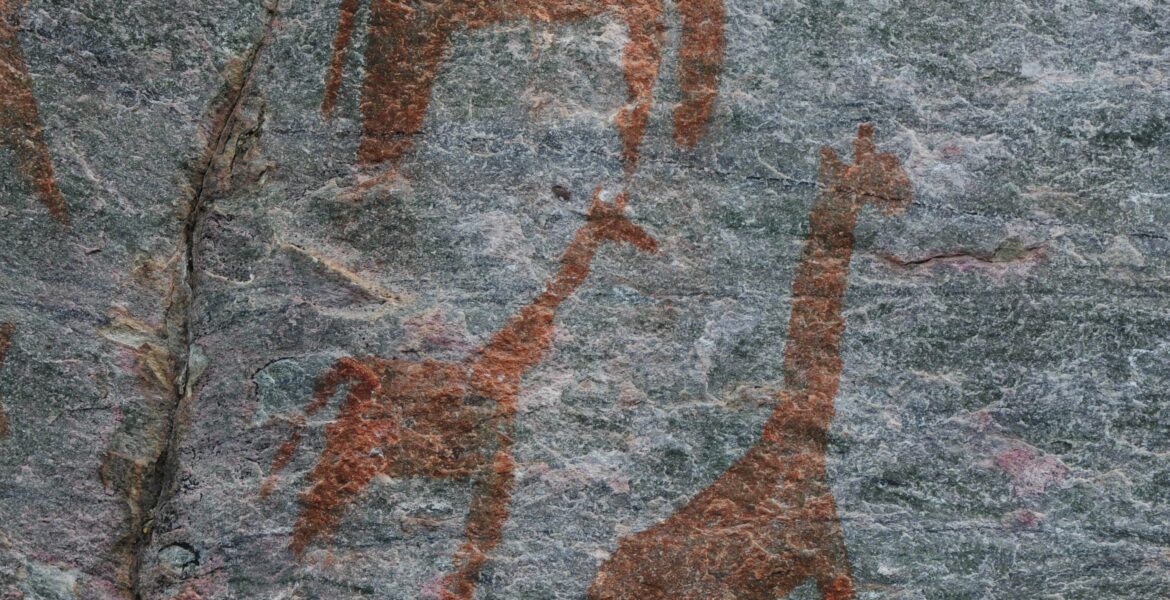Tsodilo Hills are home to some of the world’s most pristine rock paintings of over 4 500 images
The Ministry of the Environment, Natural Resource Conservation and Tourism, through the Department of National Museum and Monuments in partnership with Tsodilo Community Development Trust, last week hosted the 20th Anniversary of Tsodilo World Heritage Site at the Tsodilo Hills in the North West District of Botswana.
The World Heritage Committee inscribed Tsodilo Hills on the World Heritage list during its 25th Session in Helsinki on 13 December 2001.
Tsodilo was listed as a World Heritage Site because of its artistic achievements as one of the highest concentrations of rock paintings in the world. There is a higher proportion of geometric designs than either human figures or depictions of animals while human figures tend to be more preponderant on rocks in other southern African countries.
Tsodile was recognised for its archaeological significance for research into its abundance of cultural material within buried levels of rock shelters and caves at site that has been occupied by humans for at least 100 000 years. It has evidence of early settlements in the form of evidence of subsistence, technology and exchange patterns. Excavations have also shown that Tsodilo was extensively mined for specularite between AD800 and 1000, the same time as Ngoma was occupied by farmers and traders.
Tsodilo is a sacred cultural landscape where the HaMbukushu and San communities have strong traditional beliefs that involve respect for hills as a place of ancestral spirits and worship. There are many legends told by these communities to explain the supernatural origins of many features around the hills. One prominent feature, which is a manifestation of their beliefs, is the water hole ion the female hill where two large pythons live. Traditional doctors often go to Tsodilo to collect this water for spiritual and medicinal use.
At 1395 metres, Tsodilo is the highest peak in Botswana. For many years, Tsodilo Hills attracted people to visit, live and trade. The hills are named Male, Female, Child and Grandchild in accordance with a local Kung legend that Tsodilo Hills were once a family.
The hills are referred to by their many names, the Hambukushu call it the Precipitous Rocks, the Kung call them the Copper Bracelet while others refer to them as the Mountain of the Gods. Tsodilo Hills boast some of the most pristine rock paintings of over 4 500 images. The hills are also home to wild animals and plants of different species that all add to the heritage of the place.

